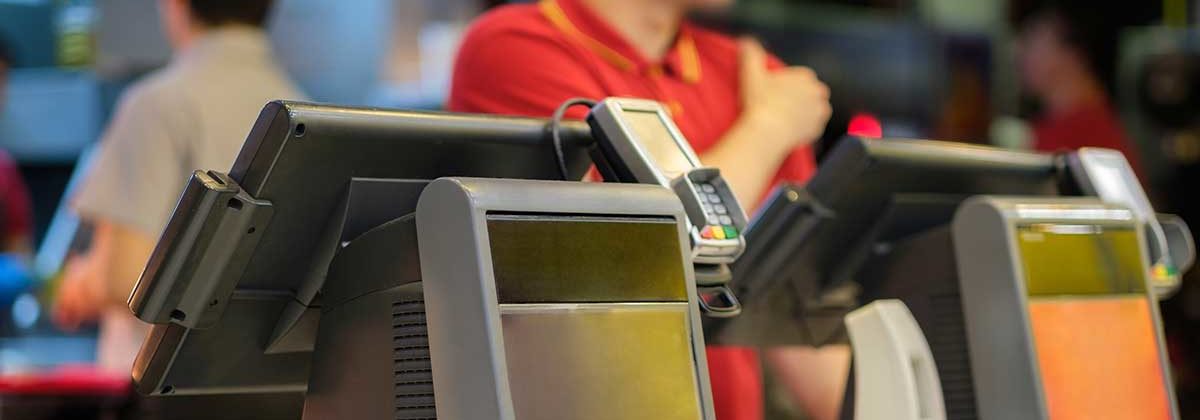Knowing, comprehending and utilizing the personal differences between your audience to advertise the most relevant messaging will give your company the advantage over competition not doing so. In the restaurant industry, specifically quick service restaurants (QSRs), 1-2 additional visits per month of your top customers versus the competition could mean the difference in flat sales and tremendous growth. In our experience we believe strongly that customer segmentation in any marketing is key to success. So when we came across a research study highlighted in QSR Magazine by ad-solution company Viant, entitled “Demystifying Quick-Service Restaurant Customers” we had to dig in.
Multi-Data Study For Customer Segmentation
The goal of the study was to better understand the industry’s guests by analyzing demographics and marketing tactics. They also used location data, transaction data, and machine learning,
“How consumers find a restaurant, and ultimately choose to order or dine in has changed dramatically over the years,” said Jon Schulz, CMO at Viant. “For [quick-serves] to stay competitive when consumers have so many more options available at their fingertips, they have to understand their customers, and their competitors more than ever.”
Viant analyzed their data and presented their findings after segmentation. The five segments were “Breakfast Buyers,” “Lunchtime Loyalists,” “Primetime Patrons,” “Weekenders,” and “Devoted Diners.”
Read the full study here and the breakdown in QSR Magazine.
Customer Segmentation Stats From Study
Some of the key findings in the study:
- Not all diners respond to the same types of media. Depending on the segment you’re trying to reach, it might make sense to lean heavier on desktop ads versus mobile ads.
- Desktop impressions are twice as likely to drive the Breakfast Buyers segment’s visits compared to mobile.
- The Lunchtime Loyalists segment love their big vehicles—they are 42 percent more likely to drive an SUV to pick up their favorite foods.
For good measure, here were some of the wackiest findings in their study:
- Lunchtime Loyalists were 29% more likely to purchase a Coca-Cola than the other segments.
- Devoted Diners were 18% more likely to watch The Voice than any other group.
- The Weekenders were 30% more likely to watch NCAA Football than any other group.
While segmentation is key the message delivered and the experience a customer has with your brand are still just as important than just segmentation alone. Making every message matter to develop and grow a meaningful relationship will be what ultimately converts customers to loyalists and advocates.


